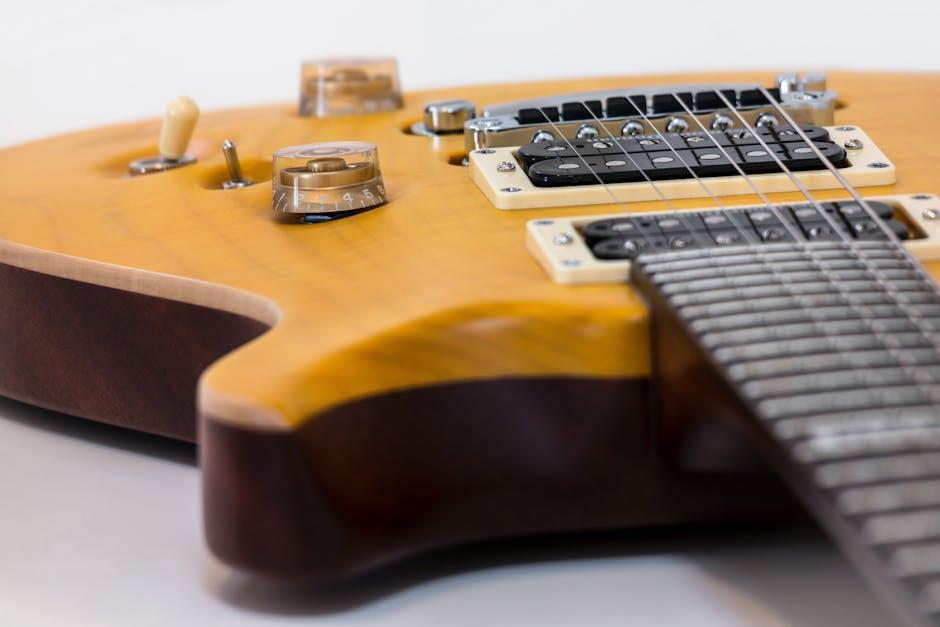In the ever-evolving landscape of digital entertainment, streaming has become a primary mode of consuming music, podcasts, and videos. Whether you’re a content creator, a professional musician, or an avid consumer, sound quality plays a crucial role in the overall experience. Yet, many often overlook the intricacies involved in achieving optimal audio performance. This article aims to bridge that gap by providing practical tips and techniques to enhance sound quality while streaming. From understanding the importance of equipment to optimizing settings and environments, these insights will equip you with the knowledge to elevate your auditory experience, ensuring that every note, word, and sound is delivered with clarity and precision.
Choosing the Right Microphone for Clear Audio
When it comes to achieving crystal-clear audio during your streaming sessions, selecting the appropriate microphone is crucial. Here are some key considerations to keep in mind:
- Microphone Type: The two most popular types are condenser and dynamic microphones. Condenser microphones are highly sensitive and ideal for capturing a wide range of frequencies, making them great for studio settings. Dynamic microphones, on the other hand, are more robust and handle high sound pressure levels well, making them suitable for live streaming in noisy environments.
- Connectivity: Consider whether you prefer USB or XLR connections. USB microphones are plug-and-play, easy to use, and perfect for beginners. XLR microphones offer higher audio quality and flexibility but require additional equipment like an audio interface or mixer.
- Polar Pattern: This refers to the directionality of the microphone. Cardioid patterns pick up sound primarily from the front and are great for solo streaming. Omnidirectional microphones capture sound from all directions, which is beneficial if multiple people are speaking.
- Budget: While high-end microphones offer superior quality, there are many budget-friendly options that provide excellent performance. It’s essential to balance cost with features to meet your specific needs.
By considering these factors, you can ensure your audio is as engaging as your video, keeping your audience focused and entertained.

Optimizing Your Streaming Environment for Better Acoustics
Creating an ideal streaming environment can dramatically enhance your sound quality, ensuring your audience experiences every note and nuance. Start by choosing a space with minimal external noise and consider using soundproofing materials like acoustic foam panels or heavy curtains. These can effectively reduce echo and ambient noise, offering a cleaner sound.
- Furniture Placement: Position furniture strategically to absorb sound waves. Upholstered chairs, sofas, and bookshelves filled with books can act as natural sound dampeners.
- Microphone Positioning: Experiment with microphone placement to find the sweet spot that captures the best sound quality. Keeping the mic away from walls can prevent unwanted reflections.
- Use of Rugs and Carpets: Hard surfaces can cause sound to bounce, so consider adding rugs or carpets to absorb these reflections and enhance clarity.
Additionally, investing in a quality microphone and using a pop filter can further improve audio capture. Consistently evaluate your setup and make adjustments as needed to maintain optimal acoustics for your streaming sessions.

Leveraging Software Tools to Enhance Sound Quality
In the realm of streaming, the importance of sound quality cannot be overstated. Utilizing software tools effectively can make a substantial difference in the clarity and richness of your audio. Here are some strategies to help you make the most out of these tools:
- Audio Equalizers: These tools allow you to adjust the balance between different frequencies. By fine-tuning the bass, midrange, and treble, you can tailor the sound to your liking, ensuring a more immersive listening experience.
- Noise Reduction Software: Streaming often involves background noise that can distract listeners. Implement noise reduction software to minimize unwanted sounds, making your voice the focal point.
- Compressor Plugins: These are essential for maintaining consistent audio levels. By compressing the dynamic range, you can prevent sudden volume spikes and ensure a smoother sound delivery.
By integrating these software tools into your streaming setup, you can significantly enhance the quality of your audio output, providing your audience with a more enjoyable and professional listening experience.

Maintaining Equipment for Consistent Audio Performance
To ensure your streaming audio is crisp and clear, it’s essential to regularly maintain your equipment. Begin by cleaning your microphones and headphones to prevent dust and debris from affecting sound quality. Use a gentle cloth and avoid harsh chemicals that could damage sensitive components. Regularly inspect cables and connectors for signs of wear or damage. A faulty cable can introduce unwanted noise or interruptions, so replacing them when necessary is crucial.
In addition, ensure your audio interface and mixers are updated with the latest firmware. This can prevent potential software issues that might degrade performance. Consider investing in a surge protector to safeguard your equipment from electrical surges that could cause damage. perform routine checks on your audio settings and configurations to ensure everything is optimized for your streaming needs. This proactive approach will help maintain consistent audio performance, providing your audience with the best listening experience.
- Clean microphones and headphones regularly.
- Inspect and replace faulty cables.
- Update firmware on audio interfaces and mixers.
- Use a surge protector to prevent equipment damage.
- Optimize audio settings and configurations routinely.







































